After Firefly and I had established a close relationship, a few cues, and most importantly for our purposes in this article, how to come, follow, turn, back, and stop before she even saw a halter, it finally felt like time to introduce the halter. At this point she was about two or three months old, but age and time will depend entirely on your horse, your schedule, your relationship, and your own intuition.
Part 2: Introducing the Halter
First, I went and bought a super cute baby halter – I chose a rope halter not at all for its usual pressure-training uses but simply because it was lightweight, so hopefully not overstimulating for her…and it was cheap! I mean come on, she’ll fit it for like five minutes, do I really want to spend more than fifteen bucks?? I also found a miniature pony lead line, with a tiny little clip, again because it was very lightweight with a small clip and wouldn’t drag too much on her little face. It was important to me that she be as comfortable as possible in her new gear.
First, I showed it to Fly and let her explore it and get used to this new weird thing I had in my hand. I held it out to her while talking to her gently and scratching her favourite spots until it was a Normal Thing instead of a Weird Thing. I casually raised it to her face, on her neck, down her back, til I was using it to scratch her, stopping and letting her smell it when she wanted. I should also add that she was, as always, loose, with her mother, and totally free to choose to be there or not.
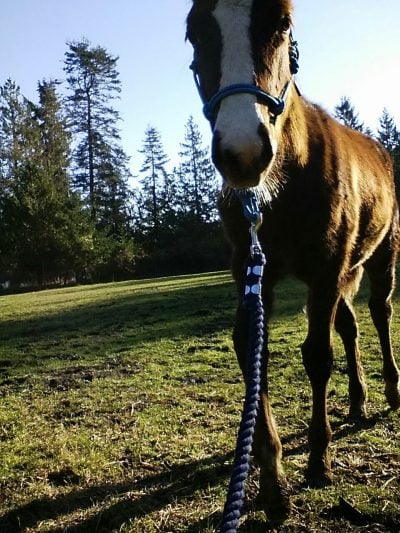
Because she wasn’t worried about the halter, I moved on in that “session” to the next part – at this point we had been “working” for about two and a half minutes. I held the halter open by the nose-band so the straps fell down away from her and she had an opening to put her nose, should she so choose. Being curious, she of course began nosing the halter. I’d say “Nose in!” and any time her nose dipped into the opening, even just a tiny bit, she got oodles of praise and love. Pretty soon she was stuffing her little face into that noseband no problem. That was enough for the day, she went to her mama to nurse and I went to do something else – I don’t remember what it was, but chances are it involved horse poo and the altering of its whereabouts.
The next time I brought the halter out, “nose-in” was the first thing Fly tried. We practiced that a few times, and then I began holding the halter on her nose for a couple seconds before taking it off.
Next step (again, when she was ready, not necessarily the same moment or even day), was to place the strap around her head and simply hold the halter in place for a second or two, until she showed signs of wanting it off: backing slightly or raising her head. At that point it came off and praise ensued both for wearing the halter, and for letting me know when she’d had enough (it’s important to me that my horses know how to communicate clearly what their wants and needs are – which means I have to listen!).
Once she was comfortable with that, I tried doing up the halter, waited a moment, praised her, and then took it off. Then, leaving it on for longer and longer periods, I returned to playing with her “off-leash”, with the halter on but no leadline.
When it was time to clip on the line, I let her adjust to the added dangly thing and weight under her chin, which she did by vigorously shaking her head up and down until she realized it was pretty much stuck there. Then we did as we always did – come, follow, turn, back and stop without any pressure on the line. Having learned all of this already, and having had the chance to adjust to the feel of the halter on her face, she was not learning anything new – she was just doing her usual stuff, this time with this thing on her head. No problemo.
In my experience with this sweet little horse child, I’m learning that it is so much easier for you and your horse if you add new things a bit at a time, or break them into separate skills that they can then do simultaneously (Leading at Liberty is Skill #1, Wearing a Halter is Skill #2, and combined they are Two Skills I Have Learned, Done At the Same Time). If the first time a horse learns to follow is also the first time she encounters a halter – let alone wears one and discovers she is suddenly being restrained by her face – you are bound to overload her nervous system and you will end up with a struggle. Struggle = stress, and stress only impedes learning and relationship-building, whereas learning Skill #1 and Skill#2 separately allows for struggle-free learning and better integration.
Next up in Part 3: Leading the Confident Foal, I’ll talk about introducing the realities of pressure and how to minimize it, working with the limitations of the halter and lead, and how we progressed to long, incident-free walks and perfect leading manners together.
A barefoot hoof trimmer, a singer/songwriter, an amateur farmer – these are some of the hats Kesia Nagata wears when she’s not full to bursting with wondrous equine co-creation.

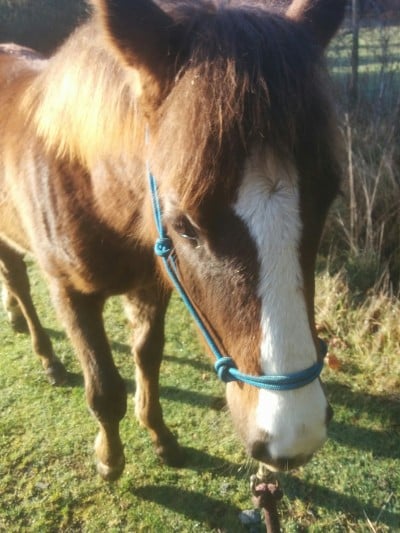




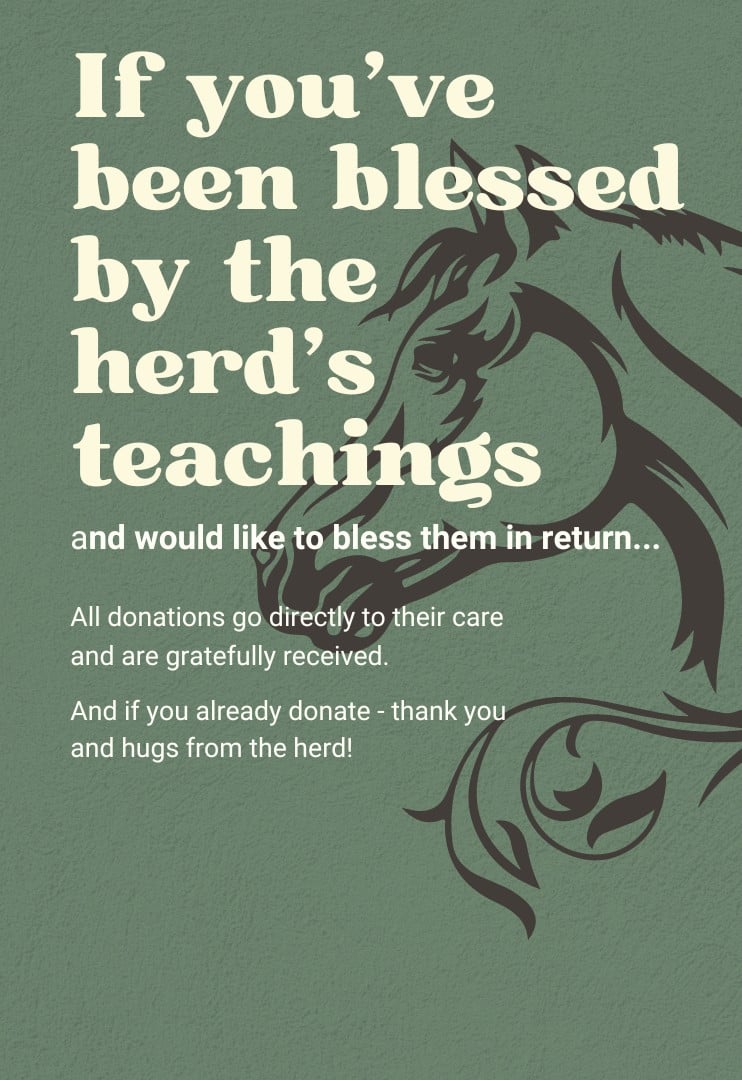
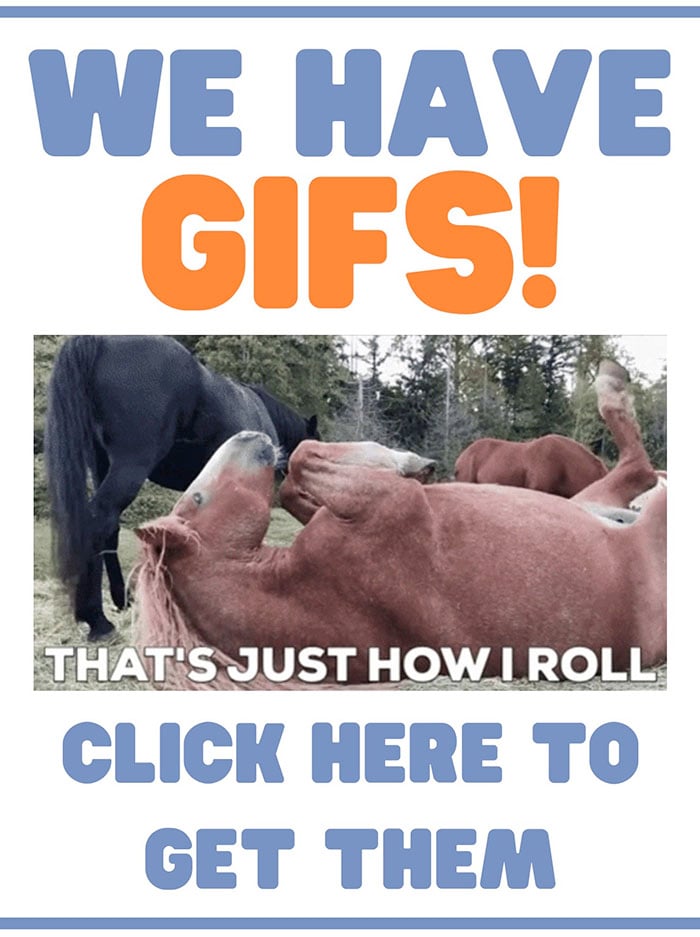
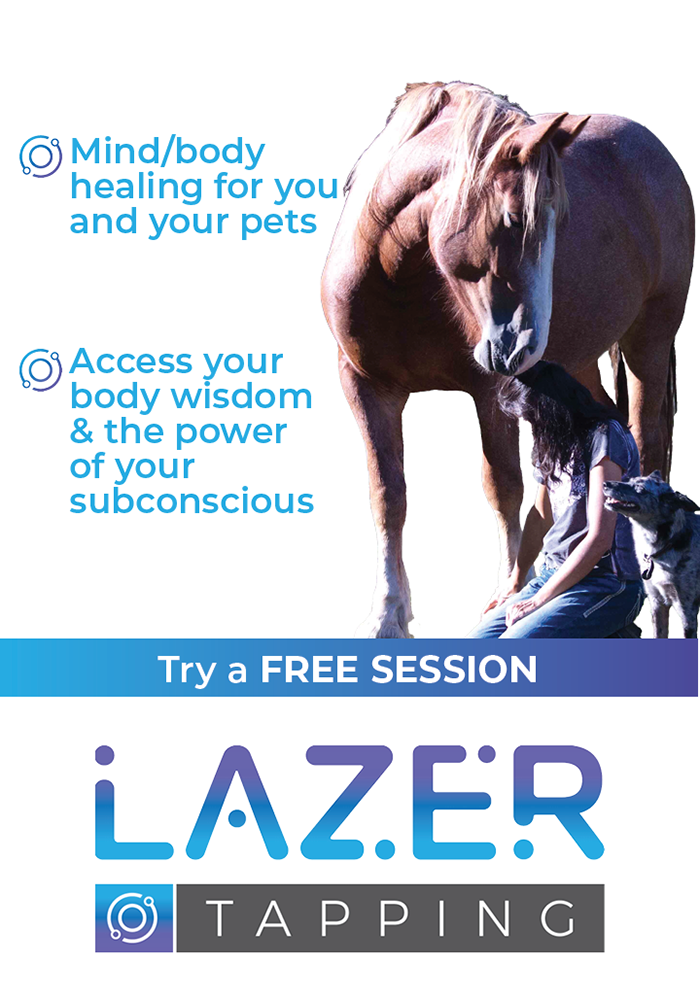
The title of this could also be: Teaching Your Foal or Wildie To Lead!
Because the procedure I used for my semi-feral mare who would BOLT at the sight of a leadrope/halter was very similar. It just proceeded at an even slower pace, as we were simultaneously undoing fear – not just teaching a new, weird thing.
The other great thing about using this 5 Minute Fun collaborative learning method (yeah, I’m liking that term/name!) is that ALL my horses can easily communicate whether they want to go out in the halter with me. I simply hold it up – from across the field even – and then the one(s) who want to go out (or play around with me) come on over and stick their nose in.
For us, the halter signifies that we will be leaving the field and going out into human-rule spaces, or crossing over to an arena. So again, the horses can communicate very easily if they are up for some action/fun, or just want to chill at home.
And of course, when I let THEM choose, we have a MUCH better time; little to no frustration and the learning is accelerated and FUN. Because they want it. They will also choose which 2 horses want to go out together – which often surprises me!
Actually, while this process evolved naturally for both of us, I wonder if it isn’t used more often because people don’t give their horses enough credit to be able to make decisions like this. Or, as I used to be, they’re actually afraid of the decision being “no”. Which it very likely might be!
Part of this process (learning to listen – which is of course ongoing) for me has been unraveling my concepts of what “should” happen when I am with my horse from what “wants” to happen.
Where does the confidence come from, in your experience (Jini or anyone else!), to listen to and trust your horse and your intuition? Is it just practice? Belief? Trial and error?
My answer will likely not apply to many, but… since I got my first horse when I was 8 and neither I nor anyone around me knew anything about horses, I usually followed my mare’s lead! But even before that, in Kenya, we had a wide variety of animals and my mum always treated them as fellow earthlings. So I did not grow up distinguishing between humans and other animals. We were all just creatures and we tried to fit together, negotiate as best we could. My dad was the more typical ‘I am dominant human’ but we all agreed he was boorish and ignorant, so he didn’t have much effect on how we dealt with earthlings!
I should also mention that my blessed teacher, spiritual guide, mare Dobbin, was technically NOT my first horse! I chose the first horse all by myself – a very flashy gelding named Gent. I couldn’t handle him, nor did he want to be handled by me or anyone else. My dad actually found one of his clinic staff who knew about horses and she came out and rode him for a while. Until we were riding double, galloping across a field and he chucked us both. Her lungs collapsed from the impact (I thought she was dying!) and that was it, she never came out again. So we sold him and I took my mum’s advice when we tried again. I remember her saying, “Every horse I’ve ever ridden has thrown me. So if this one doesn’t throw me, then we know she’s a good one.” She remembers saying, “If this horse is going to buck, I’d rather she throw me, rather than you.” 🙂 Regardless, she liked the pregnant grey mare best, I liked the flashy palomino, but this time I was wise enough to defer to the choice based on FEEL and connection, rather than looks!
I have noticed, than when kids come around my horses (even ones who’ve never touched a horse), if I give them some grooming tools and say, “Listen to the horse, s/he’ll tell you what s/he likes.” None of them have any problem proceeding ahead with that and they very quickly are in open dialogue with the horse showing the child their likes and dislikes and the child being very sensitive and perceptive to the horse’s communication.
Hey I didn’t know most of that story! Very cool, thanks for sharing. I love that your mom reinforced the equality of beings for you all through your young life, and that you simply dismissed your dad’s unawareness – so often it’s the other way around. Many of us have had that natural connection dismissed or discouraged from a young age and we learned to question our own knowledge.
My mom was always really great with animals and definitely taught and encouraged me to connect with them; my dad was also very respectful of other beings. But it wasn’t til later in life that I realized the culture around me had squished out the certainty and intuitive brilliance that I might have had as a young kid.
So for those of us who learned to question our intuition as we got older, I guess it’s a matter of courage, persistence and experimentation. Certainly I’ve had a ton of support from books, teachers and friends to re-develop a sense of connection with animals in a deeper and wider sense. I still remember feeling cut off, like my umbilical cord to the universe had been cut and I knew I was missing something huge.
Hmmm… I know what you’re saying about R- and the natural horsemanship pressure/release techniques certainly do have their place. Situations like when you’re working with an unknown horse (no time to develop relationship/intimacy), or when circumstances dictate you have to move the horse to a new location quickly, or load onto a trailer in an emergency, for example.
But I can’t say that your teaching here involved any R-. Simply from the fact that at the slightest sign of NO you were prepared to drop even the tiniest bit of pressure you were applying. In R- you NEVER drop the pressure unless the horse gives the desired outcome. A natural horsemanship trainer would scold you for releasing pressure before the “horse figured it out” or gave even the smallest “try” toward the desired response.
And again, here’s where the ‘shades of grey’ kick in. One trainer’s idea of a “try” could be 100 times softer than another trainer’s idea of “try”.
So regardless of any training techniques in our toolbox, this is where LISTEN TO YOUR HORSE trumps all. We maybe doing everything “right” according to whichever platform/theory we’re working from. But if our intuition is telling us, “Stop!” It’s always better to stop, take a time out, think about it for a few minutes, or a day or two, stay TOTALLY open to what your horse is trying to tell you. And affirm to your horse that you ARE listening and you’re searching for the pathway that’s right for both of you.
Hmm! Thanks for making that distinction, as it is pretty darn key. I simply find I can’t drum up enough “my way or the highway” to make traditional pressure training work – unless we’re in a critical situation, and even then there’s usually a work-around, or the situation is only critical in my eyes.
Actually, this part of NH training never made any sense to me. I always found the distinction between “being firm” and being unnecessarily pushy/aggressive/brutal completely arbitrary according to the trainer or situation.
That said, I have run with “positive only” crowds as well and found that completely eliminating pressure and release was not only unrealistic, it was technically impossible unless you deluded yourself or called it something else. So that’s what I mean when I say it’s an inescapable function of reality – but it doesn’t by any means have to be manipulated for our gain over horses.
Yes, it’s true. Just as with humans friends or loved ones, there are times when you need to set and hold a firm boundary. And with any earthling who is under your care – and you’re the one responsible (food, homelife, work, pets, etc.) there are times you have to say, “Well, since the buck stops here– and I am the one who will be in the shit if X does/does not happen, sorry, regardless of how you feel about it in this moment, we are doing X.”
So as you pointed out – the application of pressure is not for our “gain”, but rather for preservation, safety, or not wanting to spend large sums of money fixing the shitstorm that would ensue if X did/did not happen!
And I’ve found that animals, children and most employees do understand those criteria. And although they may not be happy, trust is not broken and the relationship is not degraded because you had to ‘do the needful’ 🙂
I love your articles and site. I realize this is also my natural path to follow. I do get stuck when other training methods get pressured on me at times. I love the follow your intuition, and what feels right to you and your horses. I have been playing with 2 semi- feral Icelandic mares, they are 14 years old. They have learned to escape/flee from people. They have never had a halter on. It has been interesting. I have succeeded with one. The other not quite there yet. I can rub her with the halter on her body, lay it across her back, she will stick her nose in the opening. Any thought on my part of thinking of anything around her ears and she is gone! She reads my intent before I even move! It has been 8 weeks. Ideas?
Hi Jill – both Kesia and I love Emily McDonald’s training style, this one should give you some good ideas for getting her more comfortable with the halter:
https://youtu.be/tZ3hyLgNEZ0